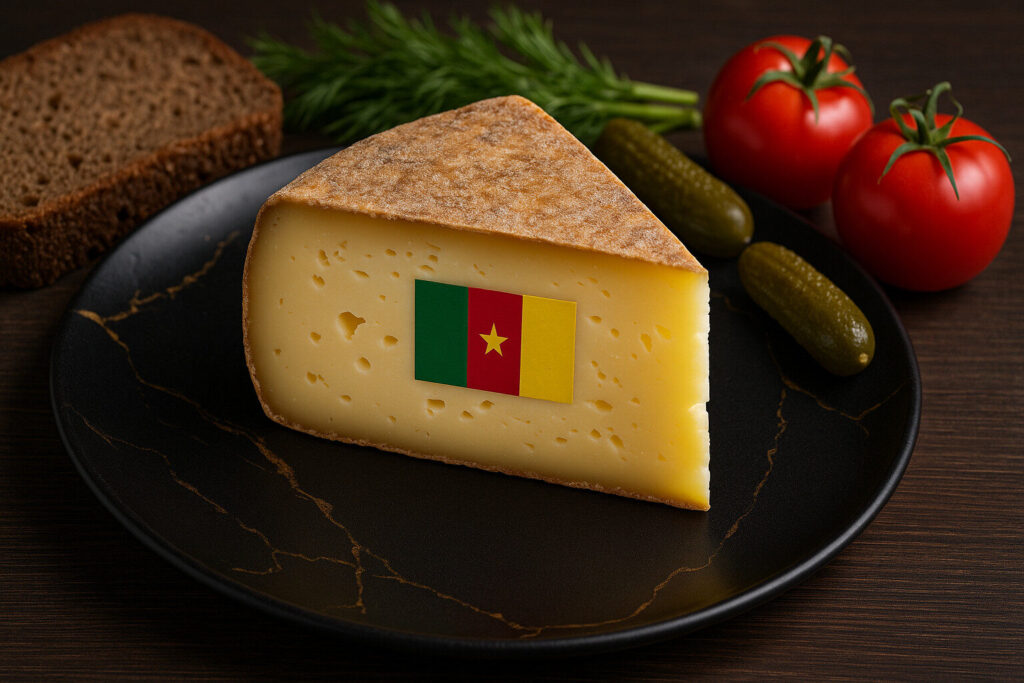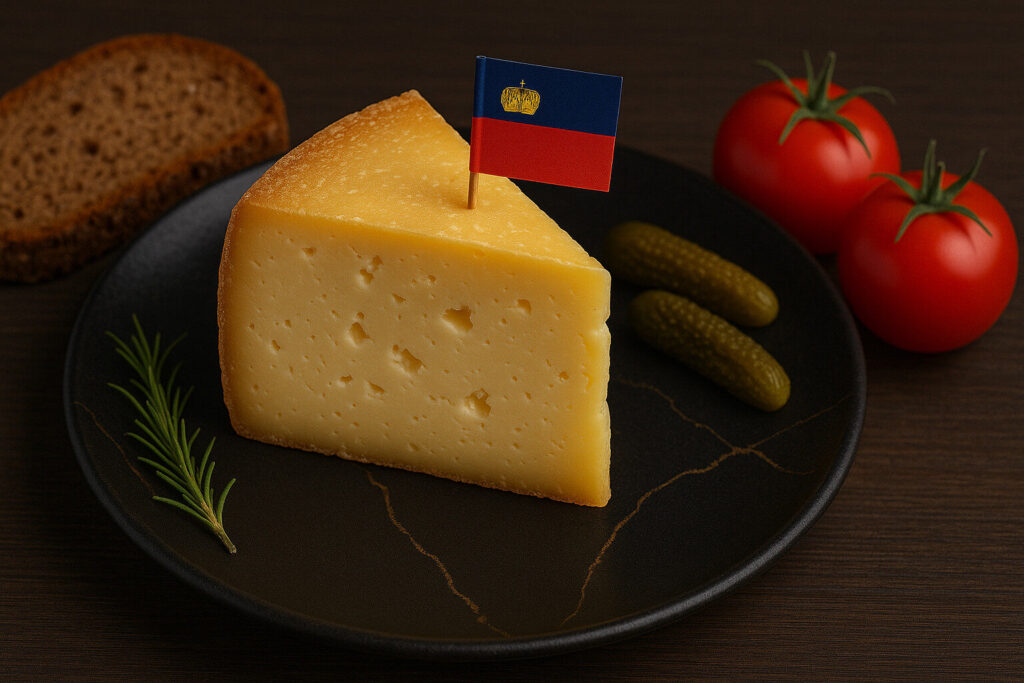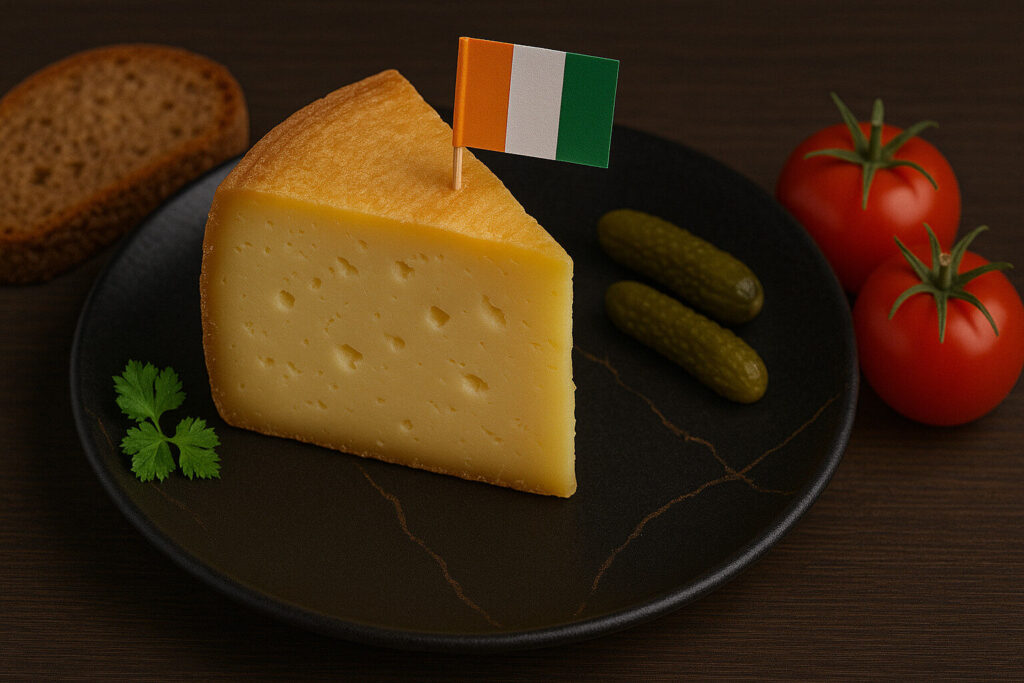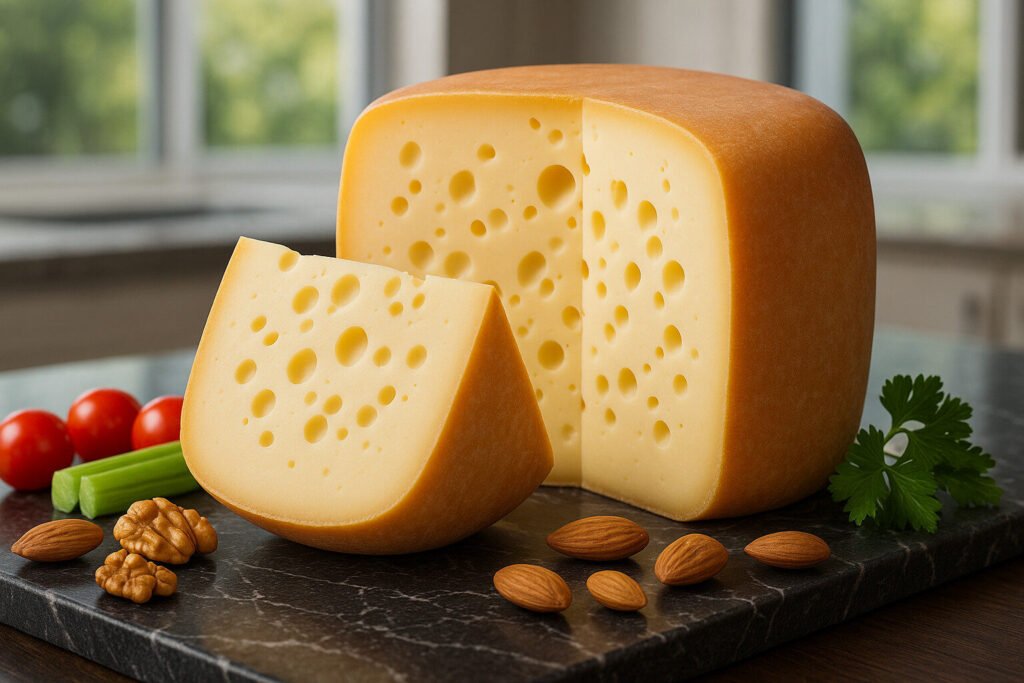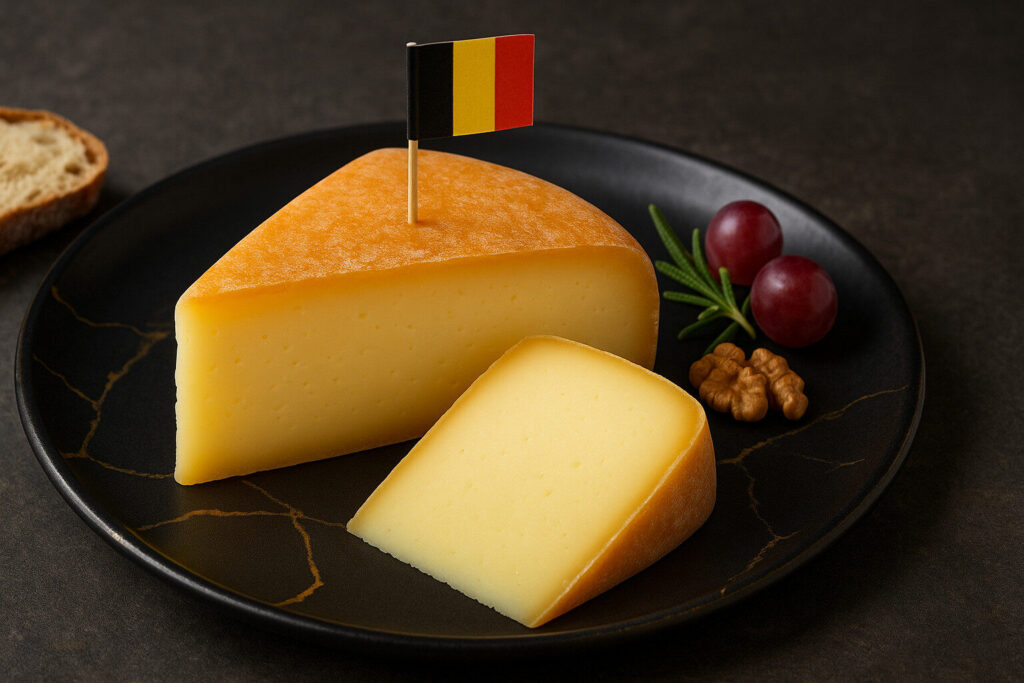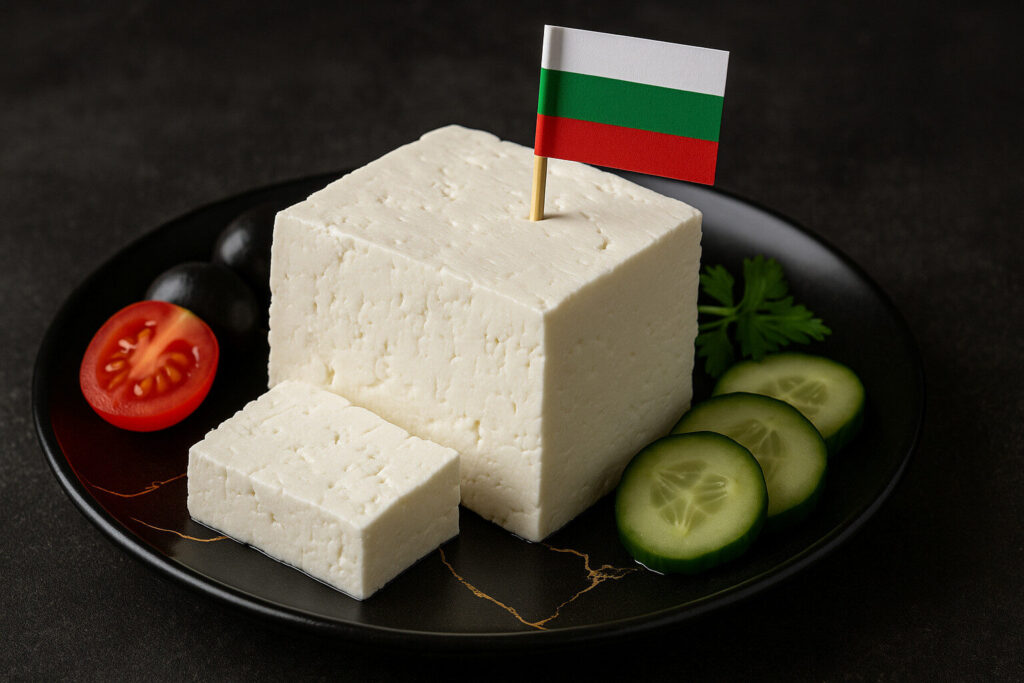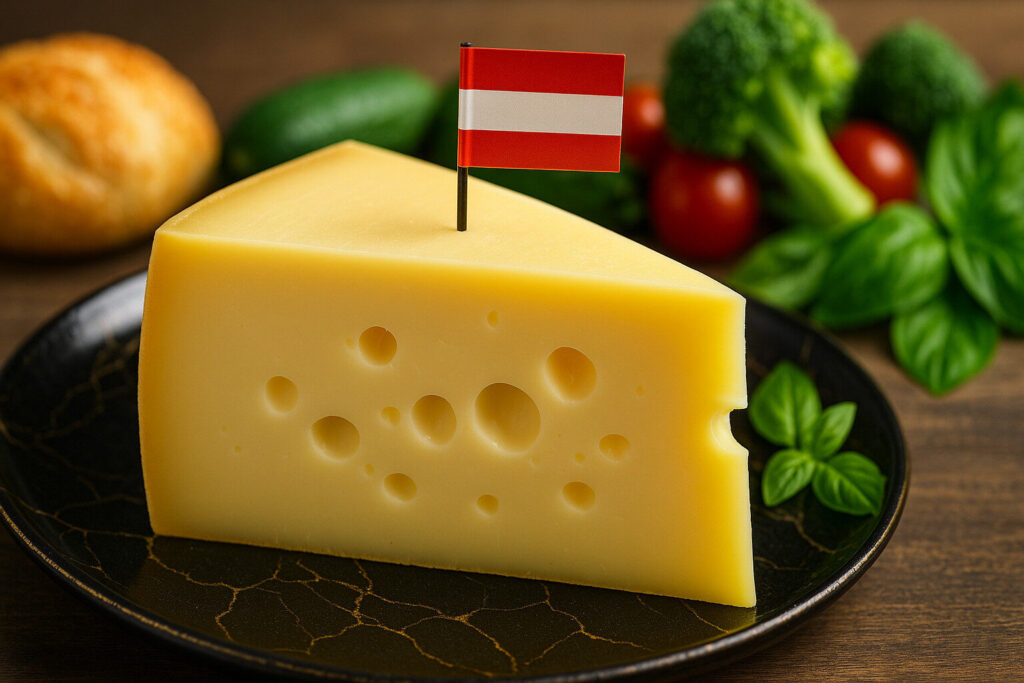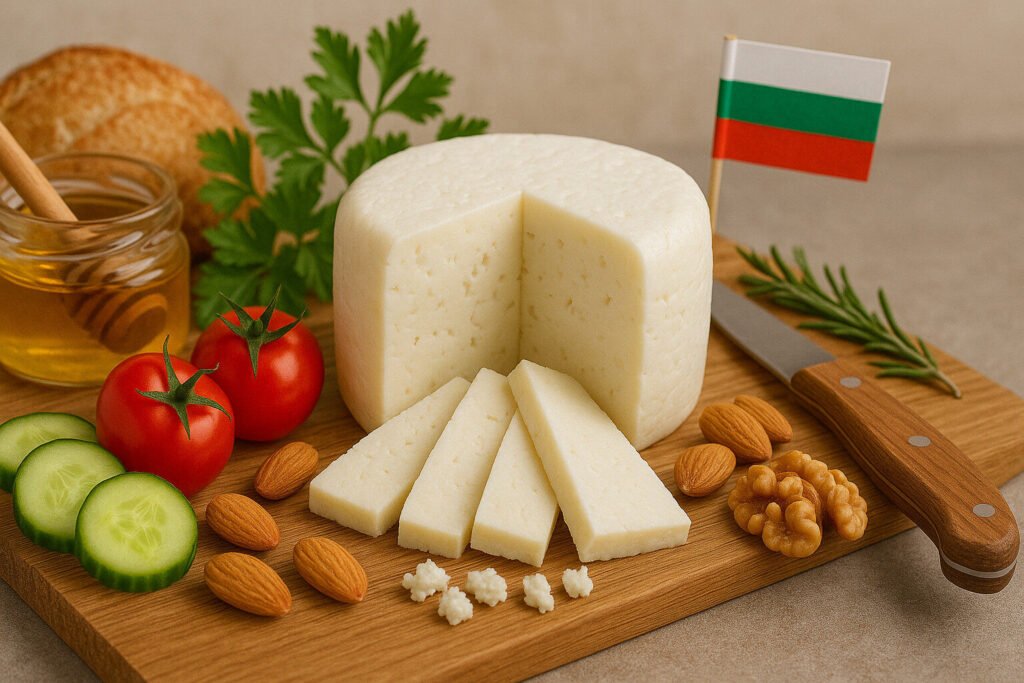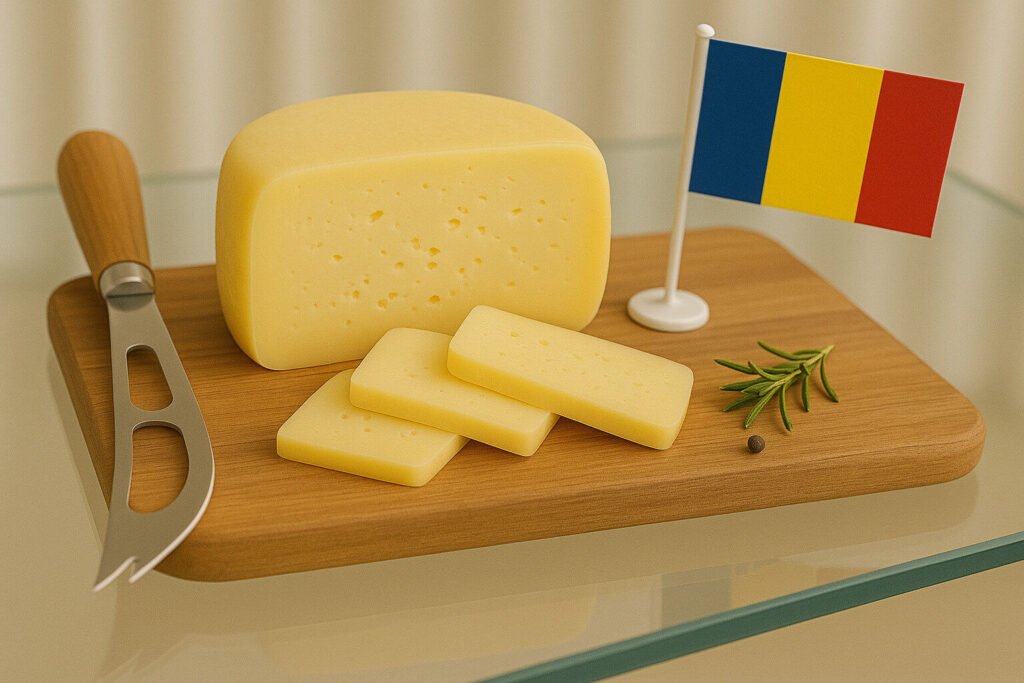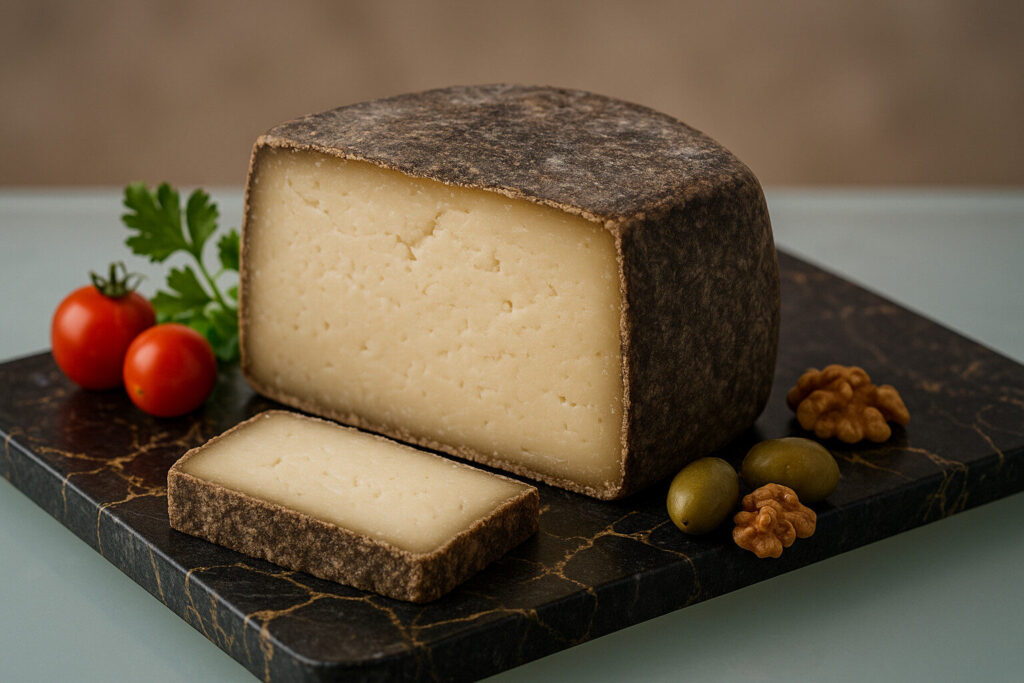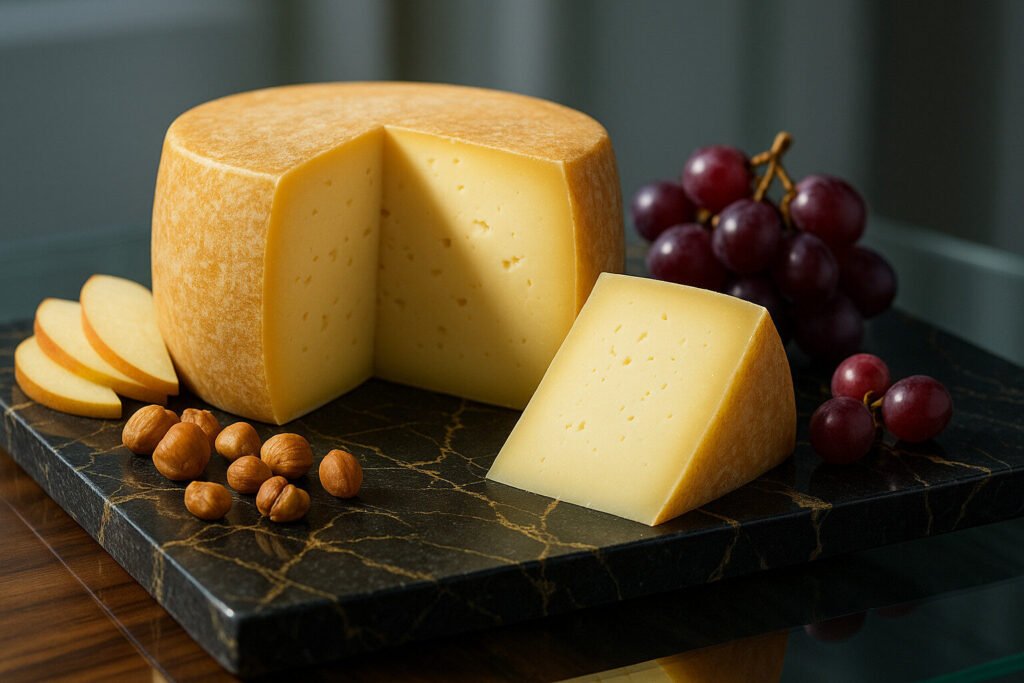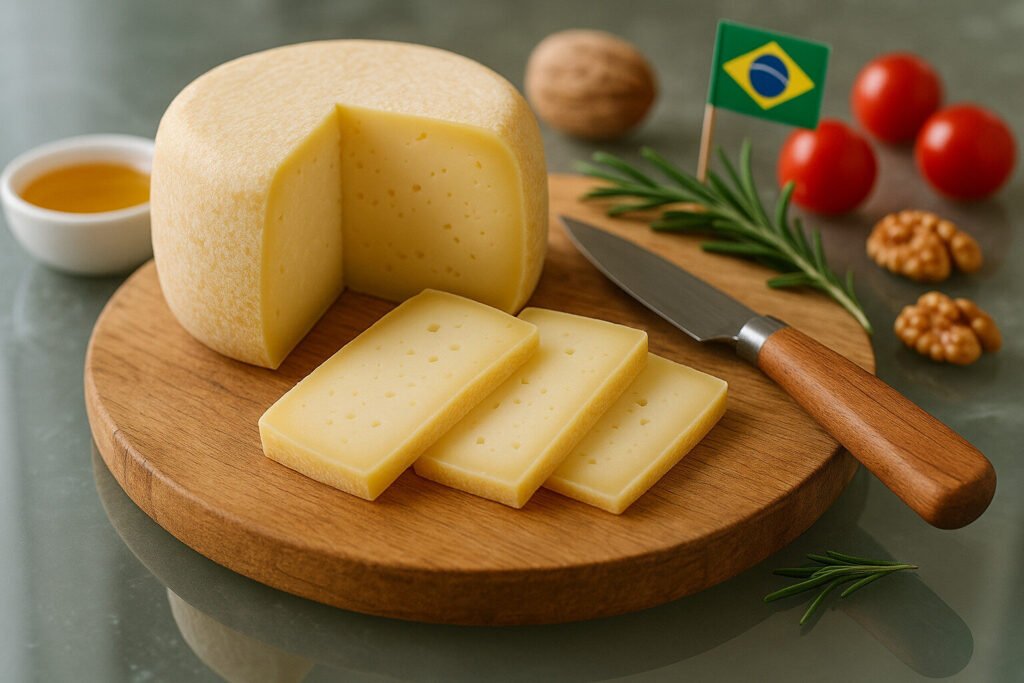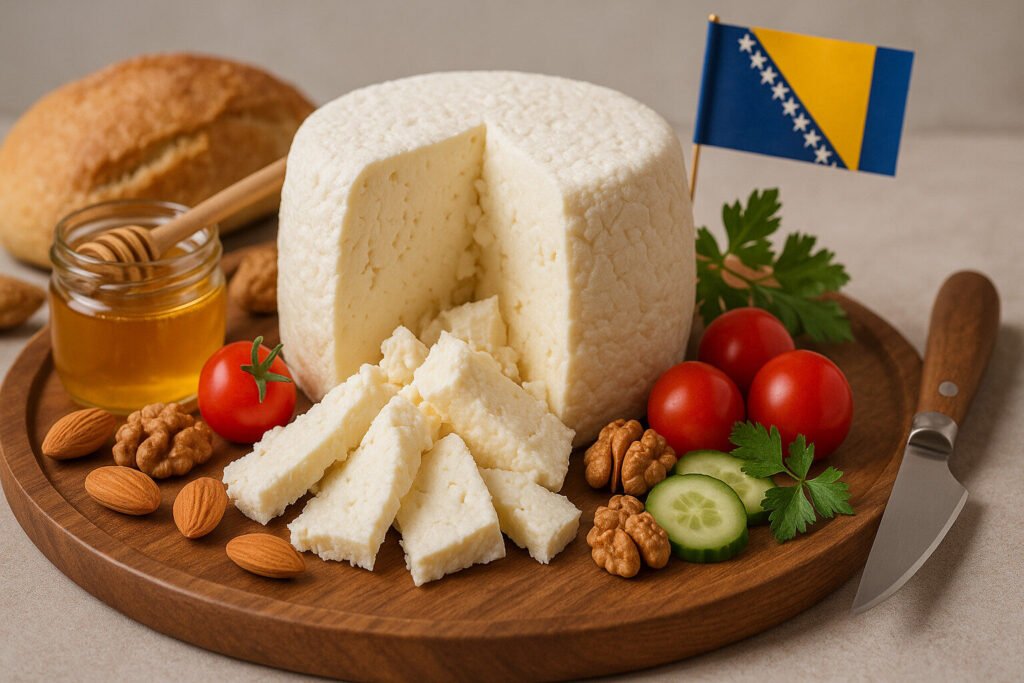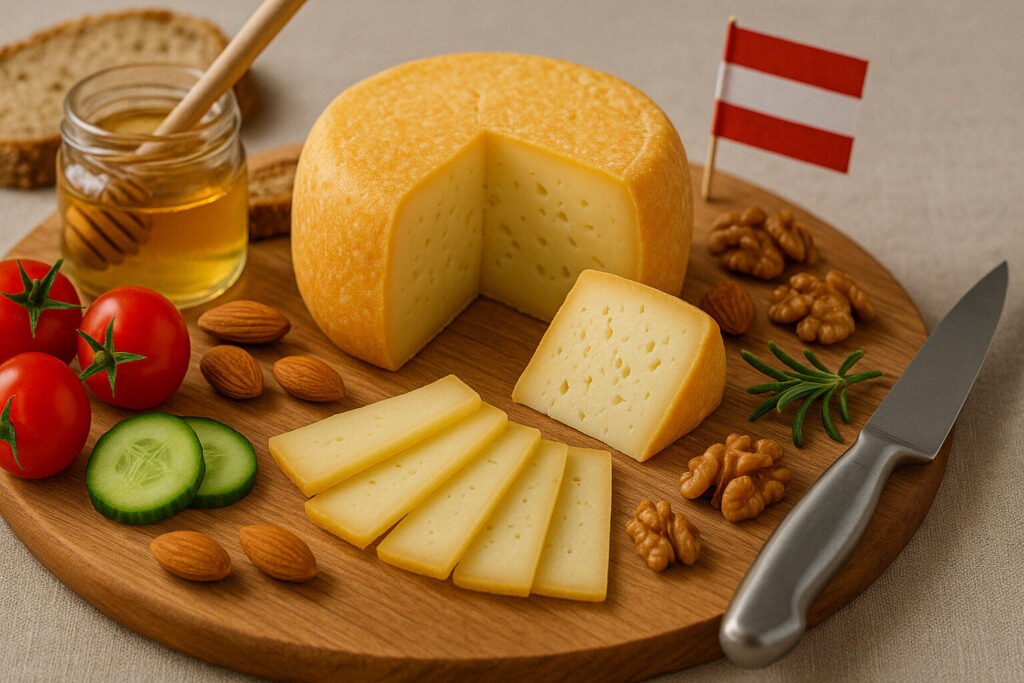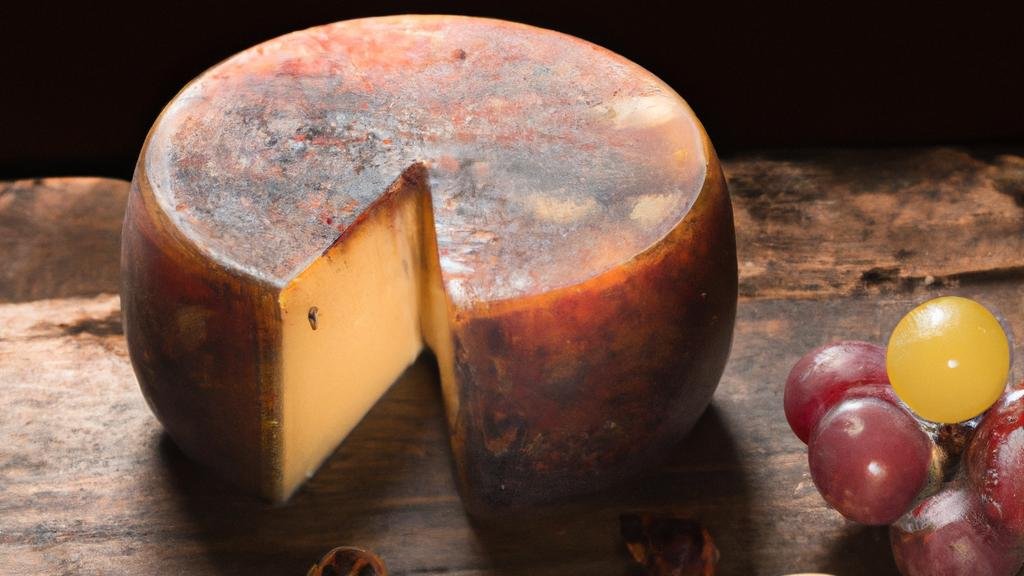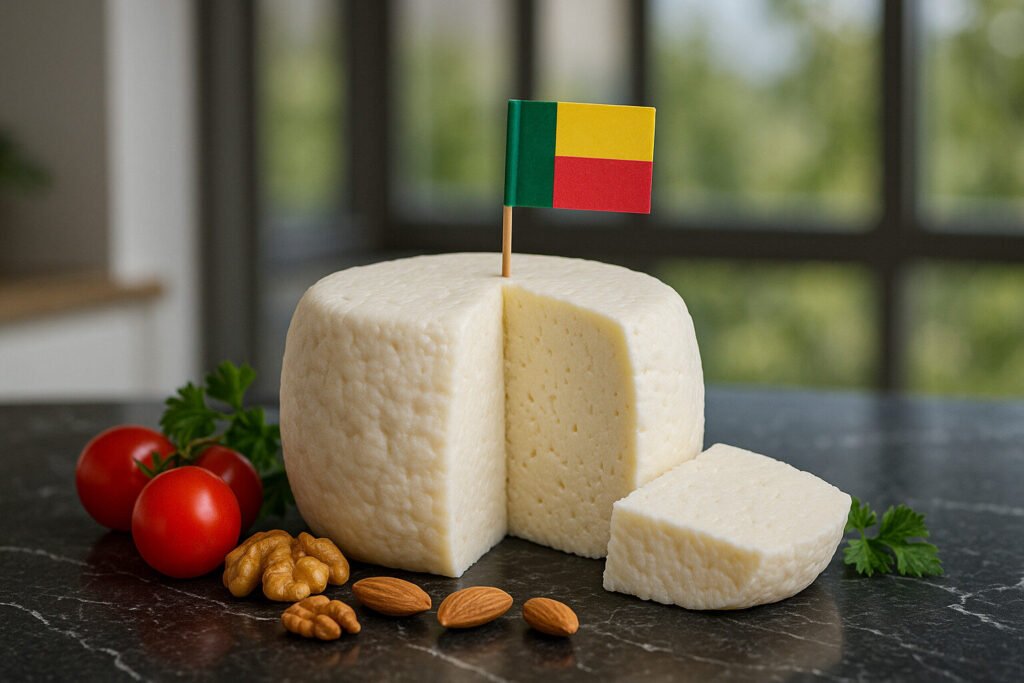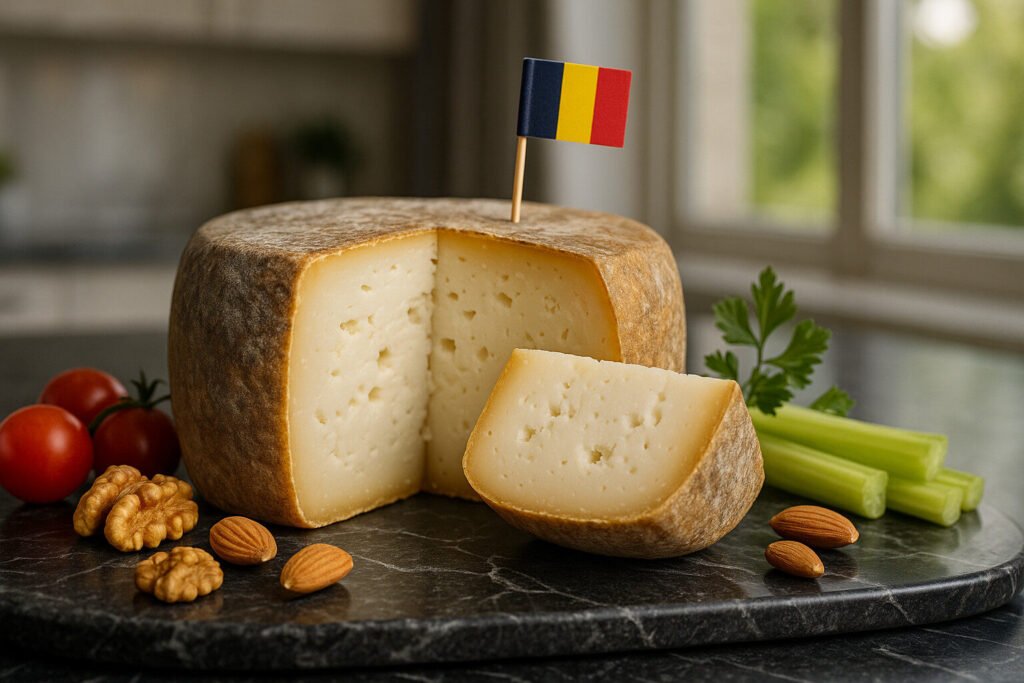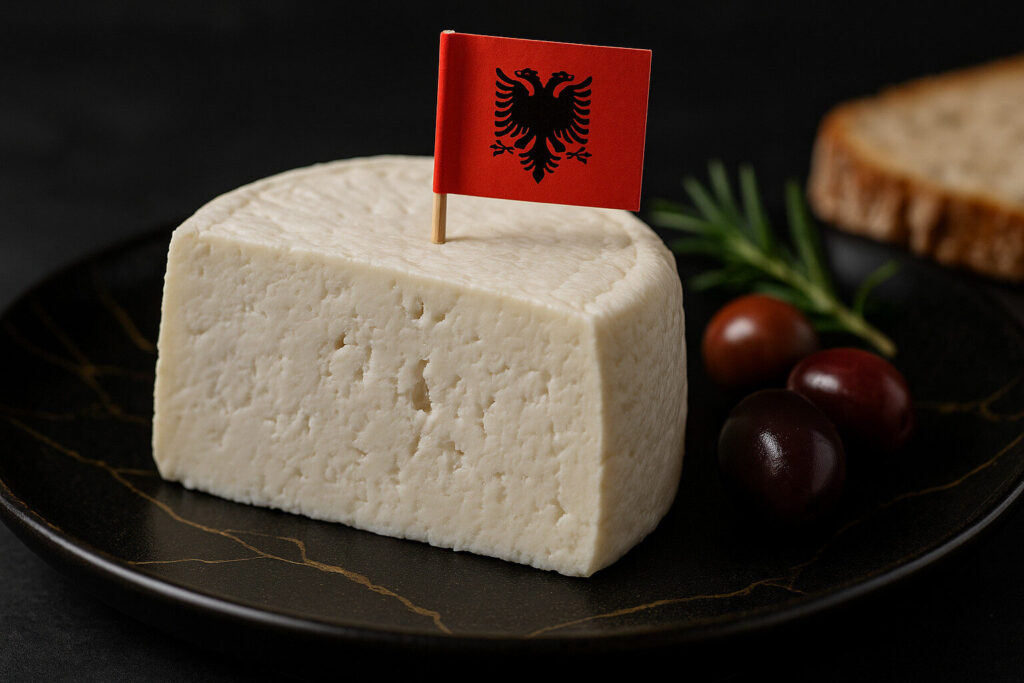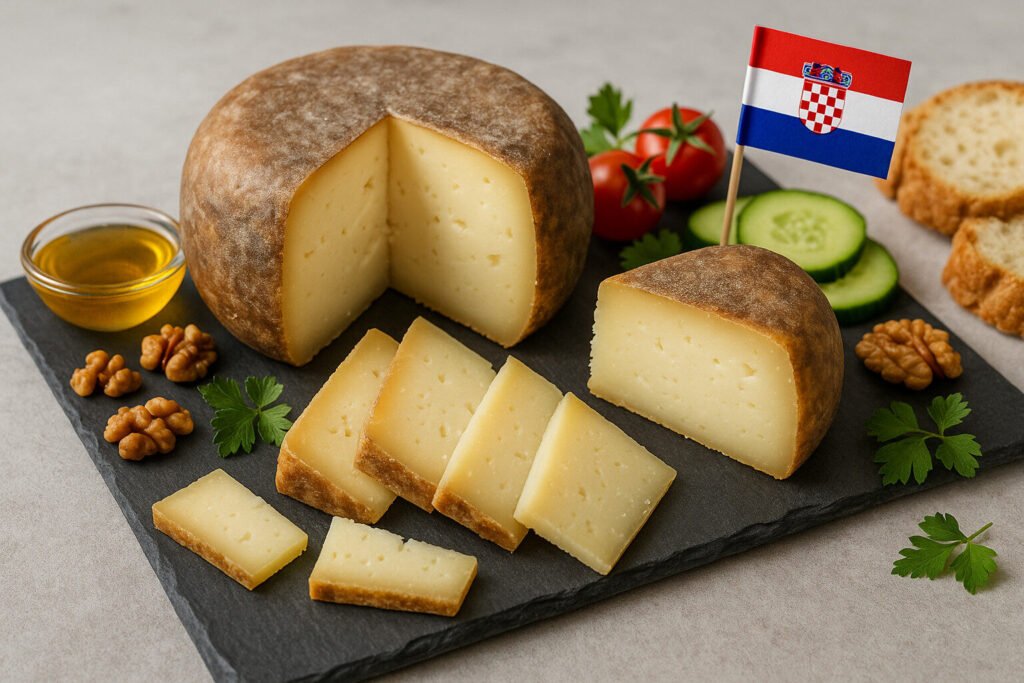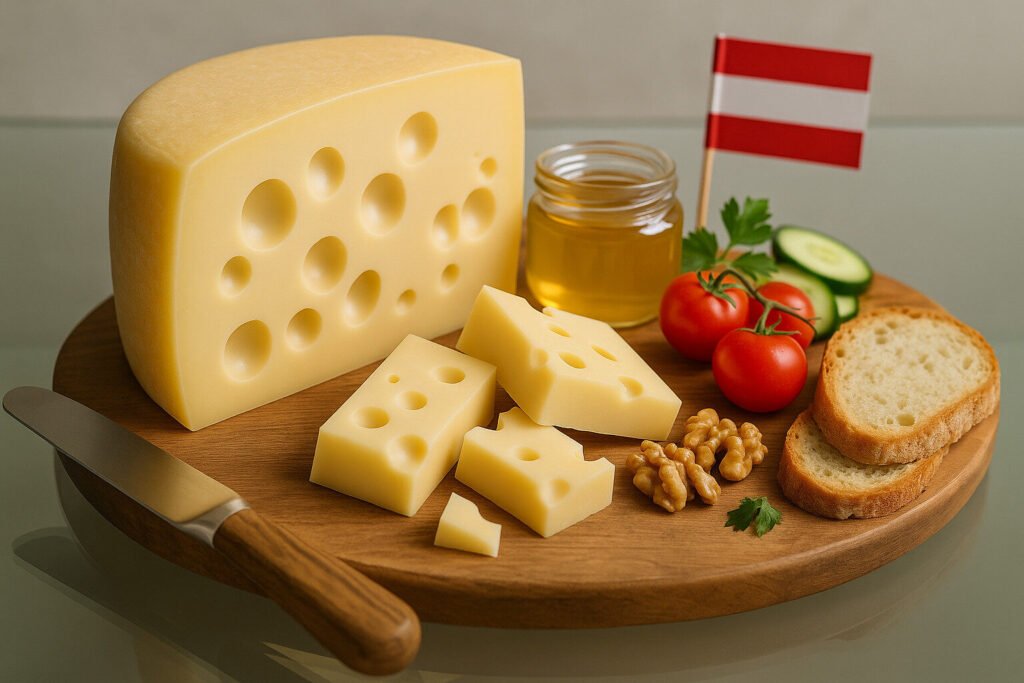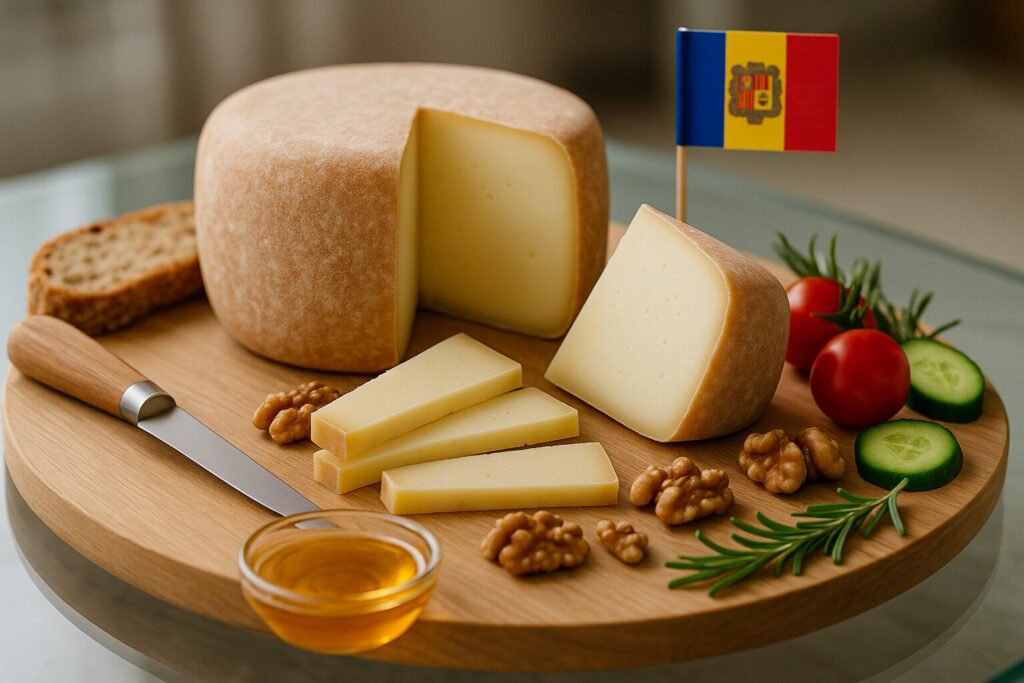Raw Milk Cheese
Definition and Scope
Raw milk refers to milk that has not undergone pasteurization or homogenization before cheesemaking. This milk retains its native microflora, including beneficial bacteria and enzymes naturally present from the animal. Using raw milk is a traditional practice that significantly influences cheese character and complexity.
The scope of raw milk usage spans many artisanal and farmstead cheese varieties globally. Legal frameworks differ by region, with some requiring specific aging periods for food safety. Cheesemakers value raw milk for its potential to express unique terroir and nuanced flavors.
Production Process
Raw milk cheese production begins with carefully sourcing milk from healthy animals under strict hygienic conditions. The milk is typically warmed gently to ambient temperatures suitable for starter culture addition. Coagulation occurs through rennet or natural enzymes, forming the curd.
Curds are cut, stirred, and sometimes cooked at low temperatures to preserve delicate milk components. The cheese is then drained, shaped, and salted before entering the aging process. Aging duration varies from weeks to years, allowing flavor development while meeting safety standards.
Sensory Profile
Raw milk cheeses typically exhibit greater aromatic complexity than pasteurized counterparts. They often present earthy, nutty, or grassy notes derived from the animal’s diet and environment. The texture can range from creamy and supple to firm and crystalline depending on style and age.
Flavor profiles tend to be more pronounced with distinctive terroir characteristics. Many raw milk cheeses develop deeper, lingering finishes with balanced acidity. These sensory attributes make them highly prized among cheese connoisseurs and professionals.
Culinary Applications
Raw milk cheeses serve as exceptional table cheeses when served at room temperature to maximize aroma release. They pair wonderfully with crusty breads, fresh fruits, and nut varieties. Wine pairings often include robust reds or complex whites that complement their bold flavors.
In cooking, these cheeses add depth to sauces, gratins, and baked dishes when added late in preparation. Their melting properties vary by moisture content, with younger cheeses blending smoothly. Many chefs prefer raw milk cheeses for their superior flavor contribution in culinary applications.
Regional Examples
France produces numerous renowned raw milk cheeses including Comté, Camembert de Normandie, and Roquefort. These AOC-protected cheeses must adhere to strict production methods using raw milk. Their characteristics reflect the specific regions’ climates, soils, and traditions.
Italian examples include Parmigiano-Reggiano and many mountain cheeses like Fontina Val d’Aosta. Swiss Appenzeller and Gruyère demonstrate alpine raw milk traditions. American artisanal producers increasingly craft raw milk cheeses following European models with local adaptations.

